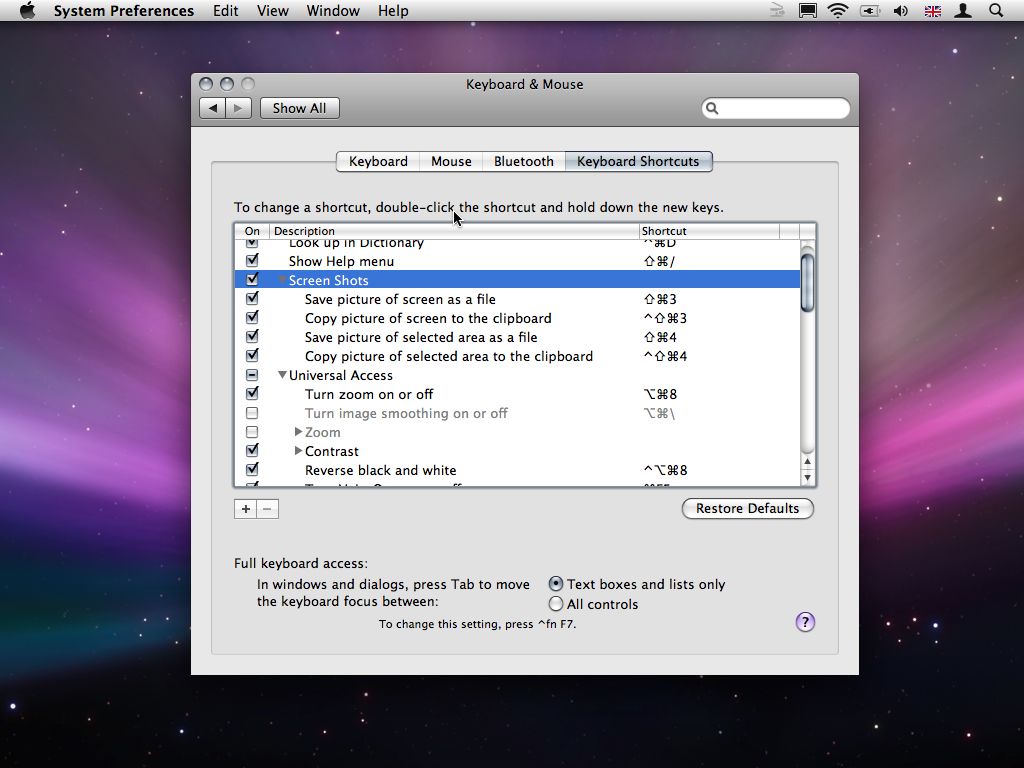

plist file has an array called which lists all of the known presets and when your organization presets are deployed the system does not repopulate this list, effectively overriding what’s actually available to them.Ģ) Deployed custom presets are referenced in a user-level. This is because the user-level custom presets. Only when a user’s .plist is removed will deployed presets appear. I made a number of important discoveries in my testing that reinforce the importance of including these presets as part of initial machine provisioning.ġ) Deploying custom presets will not display if a user already has their own presets. Since you may need to make updates later, using some logical versioning scheme can be very helpful. Set the files to have 644 permissions (-rw-r–r–) with owner:group of root:wheel (0:0) and build your PKG installer.ĭepending on your printer fleet, you may want to create separate packages for those presets available for all printers vs those for individual ones. These should be in binary format, not XML. plist files from your user such that these are all stored in the /Library/Preferences folder in your builder. Using your packaging tool of choice, place all of the preset. For this example however, I’ll be using Preview.īring up the print menu (File > Print) and make sure you’re showing all available print options (Show Details). You can do this the same way in any other app’s print menu, like Microsoft Word. Start by opening something in the Mac’s Preview app or Safari. My assumption here is that you are ultimately deploying the produced presets as part of initial provisioning of a Mac, as users with preconfigured printer presets override system-level presets (more on that later). In this post, I go through the process of creating custom printer presets which can be deployed and made available to all users on machines you manage. Additionally, if you have machines in labs or other shared spaces you’ll want any printer settings to be applied at the machine level while still allowing users to add to these, if needed. And depending on the diversity of your printer fleet you may have certain options that you only want available for certain printers. While for most printers the only important options involve either printing in color or black and white, single or double-sided, copiers have many more options. On Mac, many of these options are buried in the print menu and for the average user this is tedious and overall not a great experience. One of these recent areas was configuring desired copier and printer settings. Hold the Option (alt) key when choosing or printing your preset, and it will become Default.Every year, I try to make as many positive additions to our Mac deployments as possible.If you don’t see the Presets pop-up menu, click Show Details. Click the Presets pop-up menu, then choose your preset.Enter a name for the preset settings, then choose whether to use the preset for only the currently selected printer or all printers.Click the Presets pop-up menu, then choose Save Current Settings as Preset.Open a document, then choose File > Print.To create a preset, you first adjust all of the print settings you want.

You can save your print settings as a preset so you can quickly use the same settings again. The options for 2 sided printing are found under “ Layout/Finish” The options for Color are found under “ Quality”. Two common settings that people want to change are Color and 2 sided printing. Depending on the app you’re using you may see options for changing the paper size for a document, setting the default paper size, and more. If these instructions differ from the user interface you’re seeing, refer to the documentation that came with the app you’re using. Note: The following provides instructions for printing using the standard features in OS X and may not match your setup. Applies to all Konica Minolta models The following document will cover creating printing presets, printing using created presets, and setting a preset as the default preset.


 0 kommentar(er)
0 kommentar(er)
